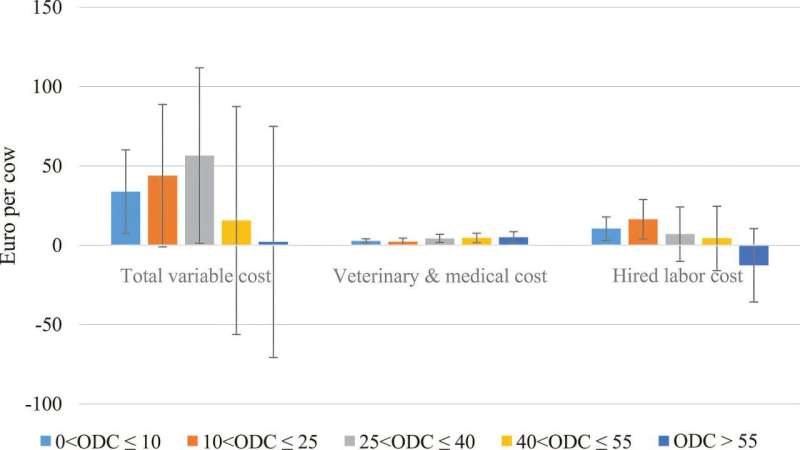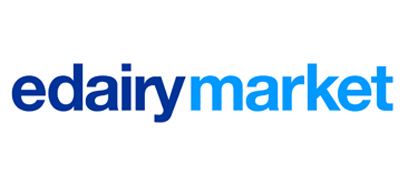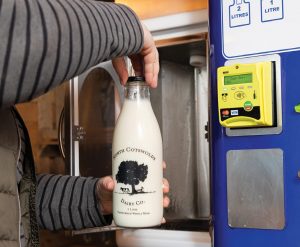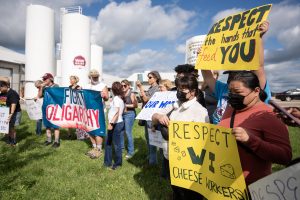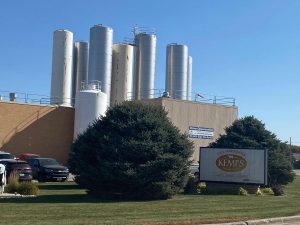
Despite ambitious 2008 eradication plan, dangerous and multi-resistant variant persists in Danish cattle herds, posing global threat.
A dangerous and multi-resistant variant of Salmonella, known as Salmonella Dublin, continues to pose a significant threat to Danish dairy herds, despite a national eradication plan launched in 2008. This infectious cattle disease can be fatal to both animals and humans, causing substantial economic losses for dairy farmers. For the international dairy community, this ongoing struggle in Denmark highlights the persistent challenges in controlling zoonotic pathogens and ensuring food safety.
Salmonella Dublin is a cattle-adapted bacterium that has been present in herds for decades, not just in Denmark but globally, and its prevalence is on the rise worldwide. In animals, it can cause severe conditions such as pneumonia, blood poisoning, and abortions, leading to the deaths of thousands of calves and cows annually. This impacts milk production and overall herd health, creating significant economic burdens for agribusiness.
While human infections with Salmonella Dublin are less frequent than with more common Salmonella strains, they are considerably more dangerous, with a fatality rate of up to 12% among those infected. Compounding the threat, this variant is often resistant to antibiotics, making treatment challenging. Infection can occur through direct contact with infected animals, as well as through contaminated unpasteurized dairy products and undercooked meat.
Despite Denmark’s ambitious national eradication plan initiated in 2008, which aimed for complete elimination, the disease has not yet been fully eradicated. The infection rate in Danish cattle herds is currently estimated at around 5%, a significant reduction from 20-25% in 2008. However, in contrast, the infection has alarmingly increased in recent years in other major dairy sectors, reaching approximately 18% of herds in the United States and as much as 60% in the United Kingdom.
Dagim Belay, an Assistant Professor at the University of Copenhagen, emphasizes the urgency of the situation: “Salmonella Dublin is not just a serious threat in the barn. Globally, it is a potential public health risk that is likely to grow as antibiotic resistance spreads.” With 20-30 human cases recorded annually in Denmark, and documented cases of infection from direct contact with cattle and manure, there is a clear and pressing need for intensified efforts to combat this resilient pathogen within the framework of dairy economics and public health.
Source: Phys.org: Dangerous Variant Of Salmonella Still Not Eradicated
You can now read the most important #news on #eDairyNews #Whatsapp channels!!!
🇺🇸 eDairy News INGLÊS: https://whatsapp.com/channel/0029VaKsjzGDTkJyIN6hcP1K
